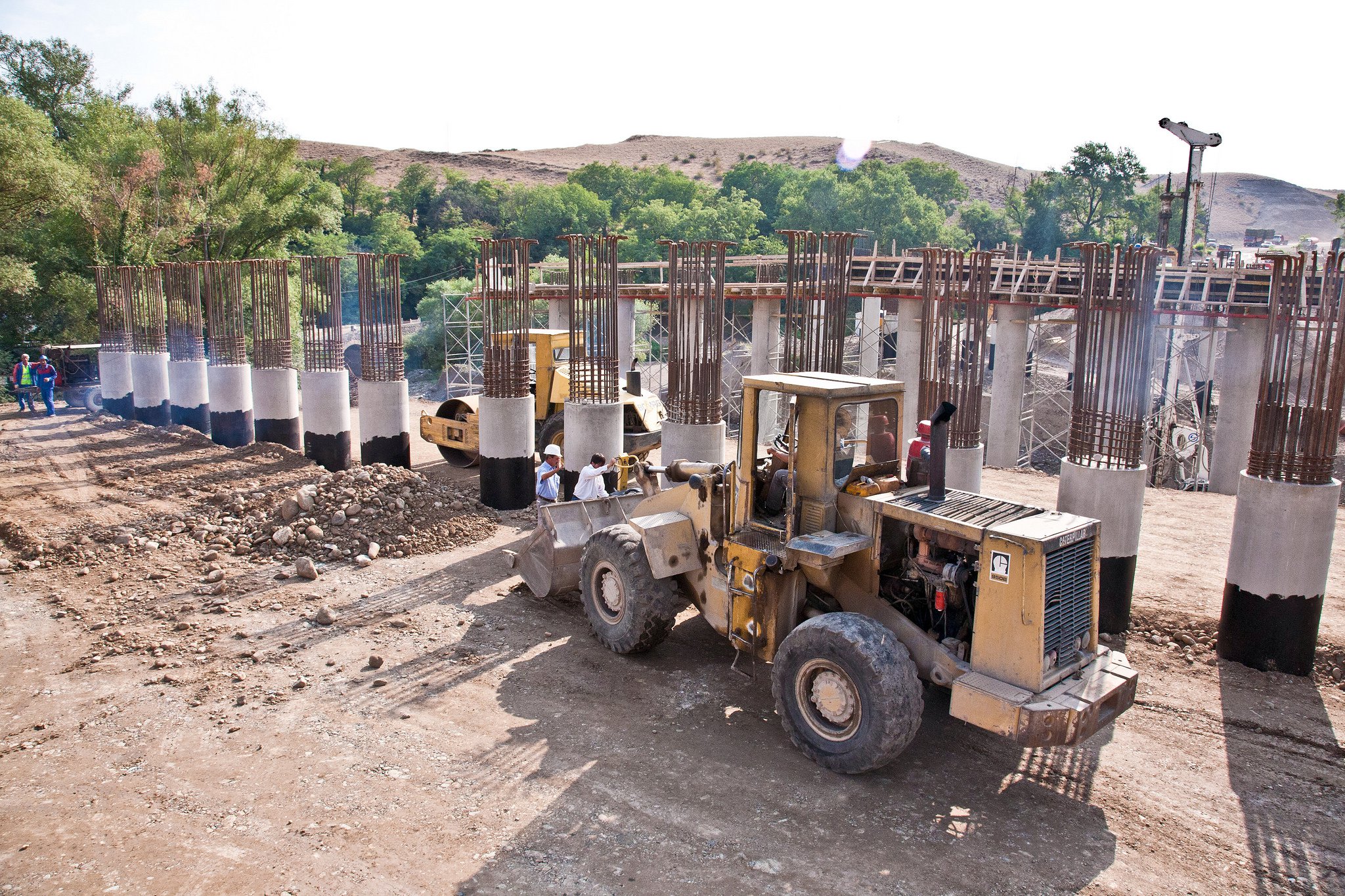Blended finance is no silver bullet, but if you’d been following the spring meetings of the International Monetary Fund, World Bank and UN Financing for Development Forum, you’d be forgiven for thinking so. It continued its vertiginous ascent to the top of the ‘billions to trillions’ agenda but with very little nuance about its potential, when and where it can work – and when and where it won’t. There are concerns that it won’t deliver for the poorest countries. Estimates and analysis coalesce around three broad trends.
Blended finance is ramping up but not mobilising much. Estimates range from $15.2 billion between 2014 and 2016 to $81.1 billion between 2012 and 2015; crudely, between $5 billion and $20 billion per annum. These are tiny amounts when compared with an estimated annual Sustainable Development Goal (SDG) investment gap of $2.5 trillion per annum.
It is heavily concentrated in Middle Income Countries (MICs). ODI’s forthcoming research shows that only $2.9billion (3.6%) of the private finance mobilised using blended finance flowed to Low Income Countries (LICs) between 2012 and 2015; crudely $728 million per annum. Furthermore, it is predominately going to banking and financial services, the energy sector and industry, with very little invested in social sectors.
Given the increasing calls for aid to be invested in blended finance and for Multilateral Development Banks (MDBs) and Development Finance Institutions (DFIs) to significantly scale up their mobilisation of private finance, undertaking a reality check of the potential of blended finance to fund SDG investment in the poorest countries should be a priority.
Leave no country behind
Changing institutional incentives, associated with the drive to crowd in private finance, risk skewing aid away from the poorest countries.
At the bilateral level, donors can now report investment in blended finance as aid and will in the future be able to report significant amounts of private finance they crowd in using aid. When aid budgets are under pressure, deploying aid in this way is attractive because it is easier to align with domestic political and economic interests.
At the multilateral level, a more effective multilateral finance system is high on the G7 and G20 agendas. The goal is to drive economic growth primarily through catalytic support to infrastructure financing. MDBs are tasked with better utilising their resources to increase the mobilisation of private finance. The private sector is also calling for MDB and DFI mobilisation targets and for donors to invest more aid in blended finance.
But there are risks. MDB and DFI portfolios are at risk of being further skewed towards stable markets in MICs or sectors with secure streams of positive cash flows. In these areas, mobilisation targets will be easier to achieve; lower levels of perceived or actual risk and the ease of doing business are attractive, as is the availability of cash to repay investors.
This will come at the expense of aid investment in the more challenging markets of poorer developing countries and in social sectors – where, arguably, it is harder to attract private finance.
Mobilisation targets will shift emphasis away from additionality and run the risk of crowding out the private sector. Consequently, blended finance should only be used if it crowds in additional private finance that would not otherwise be forthcoming.
De-risk at the country and sector level
Blended finance will not work if the fundamental economics are not right and the project is not financially feasible. This is frequently the case for infrastructure projects in many of the poorest countries, which lack secure streams of positive cash flows. In these countries, the supply of high impact, financially feasible projects, is thin on the ground. For this reason, as Chris Humphrey concludes, public finance will still be required to fund infrastructure investment in LICs.
Institutional investors are unlikely to risk trillions in markets where the average credit rating is sub-investment grade. To improve the financial feasibility of investment, emphasis needs to shift from using aid to ‘de-risk’ projects to using aid to ‘de-risk’ countries and sectors
Working to improve country risk ratings by channelling aid into approaches similar to the Addis tax initiative – focusing on coordinating and concentrating donors on supporting country-led programmes of policy reform, local capital market development and capacity building – may have a greater development impact and be more financially sustainable than ad-hoc blended finance project investment in the poorest countries.
Enable more risk taking
MDB and DFI risk appetites are limited. The need to maintain triple AAA credit ratings for the MDBs and the need to remain profitable and financially sustainable for many DFIs naturally limits the headroom of these institutions to engage in riskier markets in poorer countries. They need space to take on more risk. The answer, so far, has been to provide concessional finance to these institutions, which they blend with their own resources. More needs to be done. Much of the concessional finance provided by donors to blend requires a positive rate of return - donors could lower these; DFI hurdle rates could be lowered; and facilities and vehicles, which shift risk away from MDB balance sheets could be created.
Blended finance presents an exciting opportunity but we need to be clear about the problem we are trying to solve, address that and be realistic about whether it can work for all.

